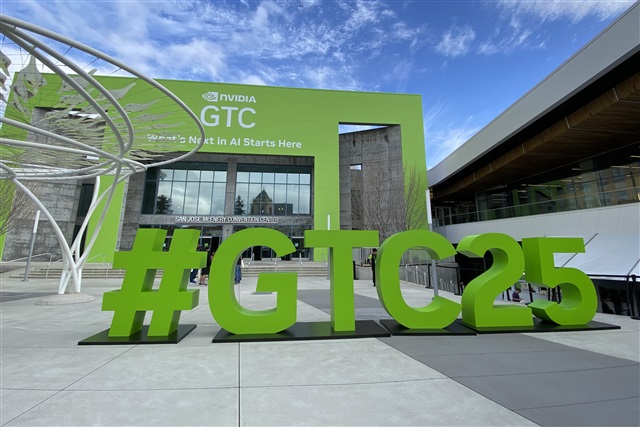Ericsson represents very little threat to Qualcomm or MediaTek.
- Ericsson’s handset radio chipset business is emerging from the ashes of two failed joint ventures to challenge Qualcomm and MediaTek yet again.
- The joint venture ST Ericsson has now been dismantled and integrated into Ericsson with Robert Puskaric re-appointed to run the business.
- Puskaric ran Ericsson Mobile Platforms (EMP) from 2006 until 2009 before moving on to run Northern Europe and Central Asia for Ericsson from October 2009 until May 2014.
- During that time (2006-2009), EMP was a force to be reckoned with in terms of chipset radio performance thanks to the radio heritage passed down from the Ericsson basestation business.
- However, I suspect that the opportunity for this business to make a comeback has long since passed.
- In the early days of LTE, there was only one solution in the market and every handset maker was desperate to get its hands on a second supplier in order to drive chip costs down and reduce risks.
- At that time ST-Ericsson was the only company, other than Qualcomm, that had a decent, stable and properly working LTE modem.
- Consequently, ST-Ericsson had every handset maker queuing up to use it as second source for LTE.
- Unfortunately, ST Ericsson was unable to execute when it came to implementing the excellent technology in commercial silicon.
- The delay was so great that customers gave up waiting and single sourced Qualcomm until a viable alternative was available.
- Fast forward to 2014 and there are number of alternatives now available and customers have more to choose from.
- Having been let down so badly by ST Ericsson, it is likely that handset customers still have a sour taste in their mouths and it will take a huge marketing effort to convince them otherwise.
- Every player other than Qualcomm and MediaTek is hurting badly at the moment as the market concentrates to fewer players and more companies turn to in-sourcing options.
- Hence, Ericsson is unlikely to be able to make a dent given limited resources (see below) and its awful track record in the handset industry.
- Furthermore, its thin modem the M7450 sampled last year putting it behind the latest offerings from Qualcomm.
- Finally a price of $17 for a LTE thin modem chipset is not actually that cheap and I suspect that Qualcomm will be able to match this price without making a dent in its current margin expectations.
- Hence, I suspect the end result will be a failure to gain any meaningful market share followed by the business being quietly sold off or shut down.
- This will not make a dent in Ericsson’s financial performance as I suspect that the company is putting very little additional resources behind this venture given its very high probability of failure.
- To me, this is Ericsson seeing if it can earn something off the resources that it has already invested rather than a bold new start.
- Qualcomm can remain safely focused on the two biggest threats to its business: MediaTek and the in-sourcing trend by some of the larger handset makers.








Blog Comments
Gagan
June 23, 2014 at 4:09 pm
Hi
I read your comparison .It will have helped if you could have also elaborated on both the pro’s and con’s of the Technical features/capabilities of Ericsson and Qualcomm LTE modems.
windsorr
June 24, 2014 at 6:12 am
Definitely agree… Bespoke research is a chargeable service…fell free to ping me for a quote if you need this carried out… I have to eat too!… Cheers